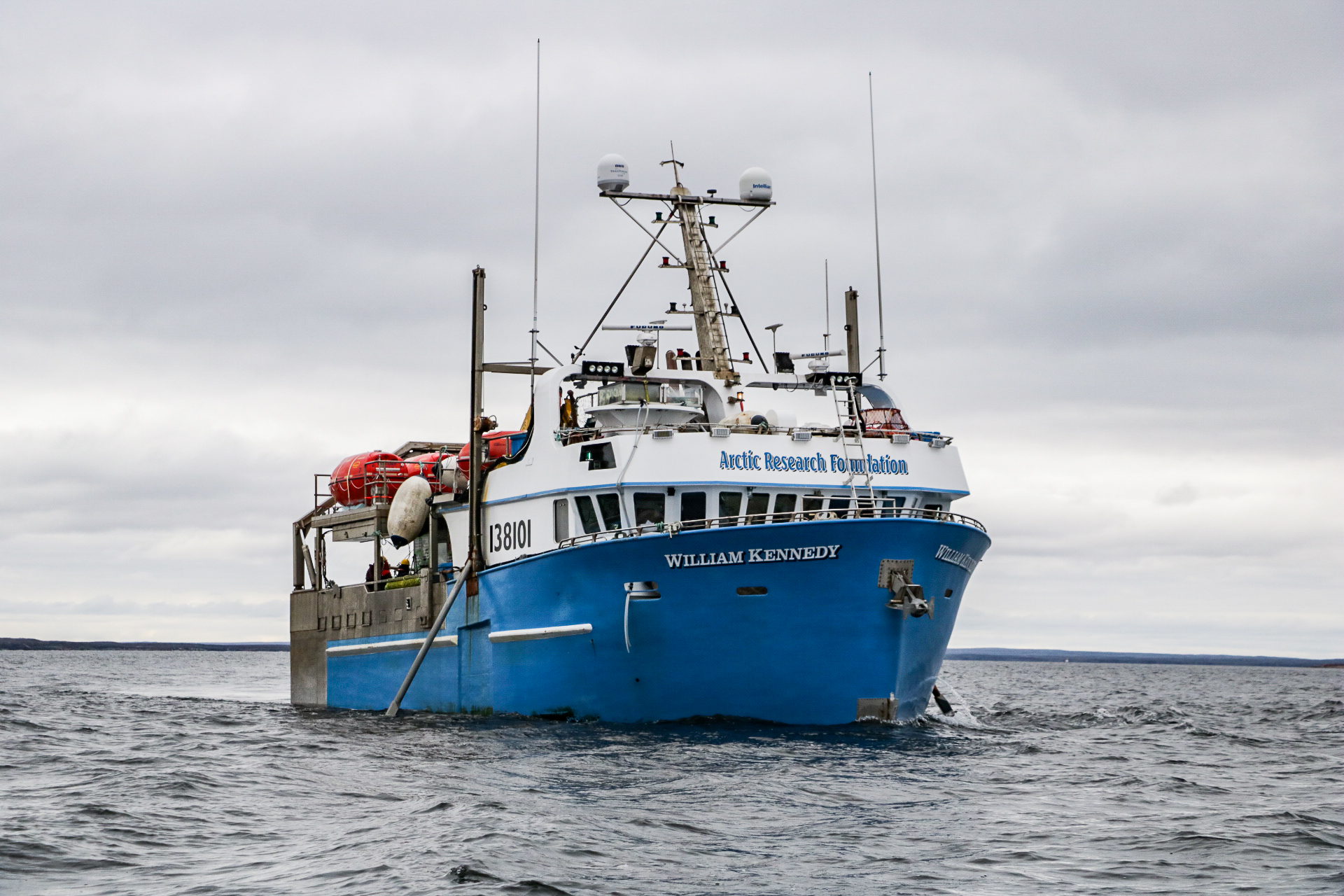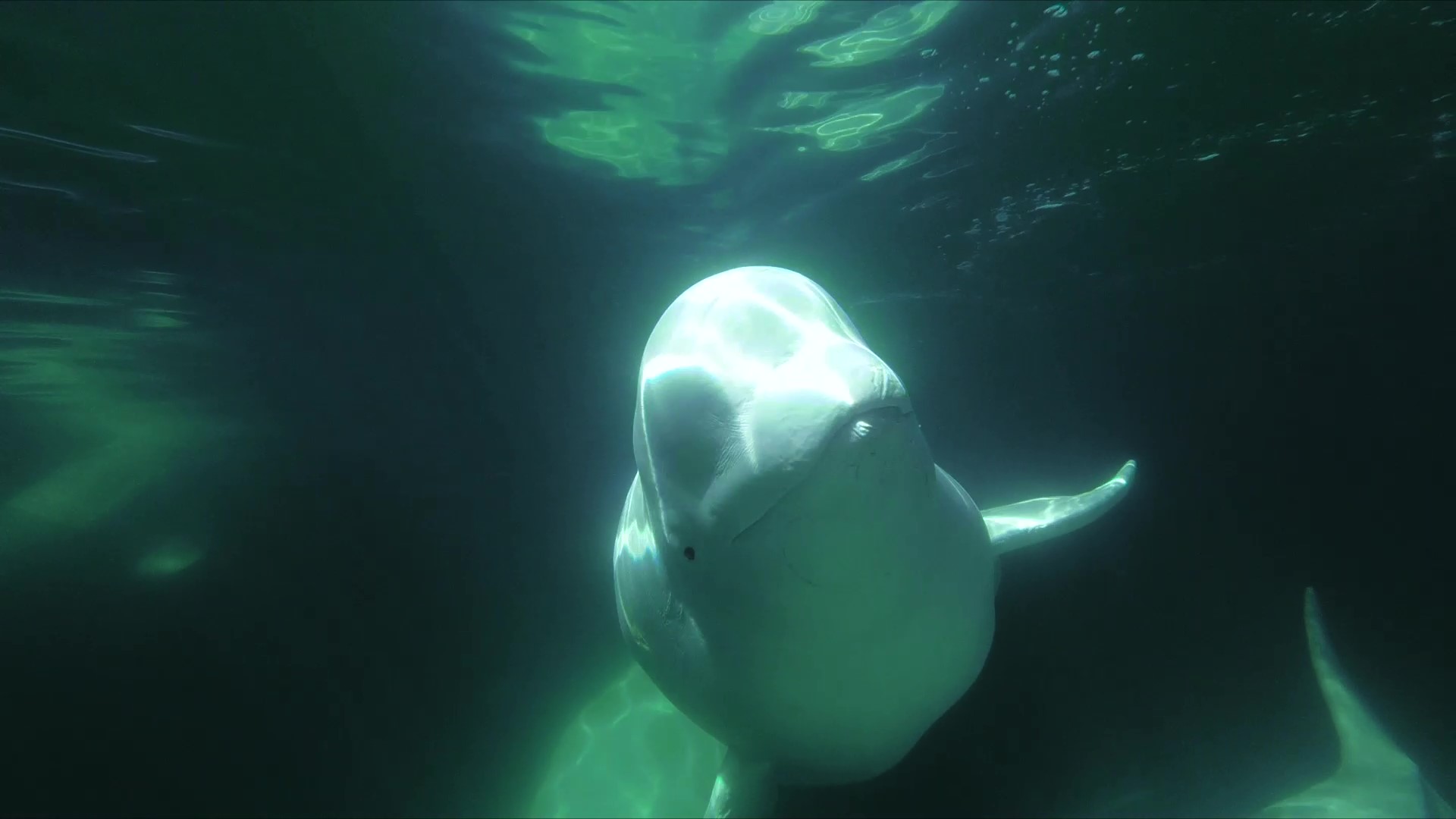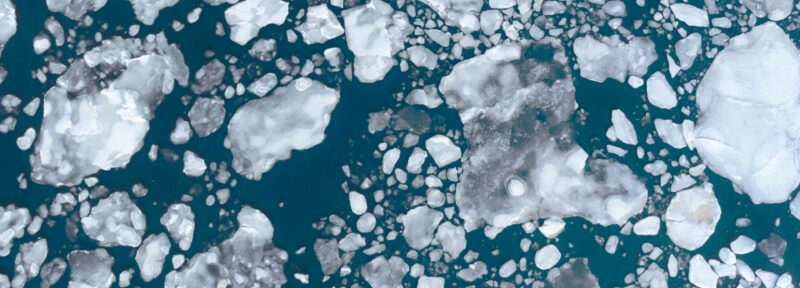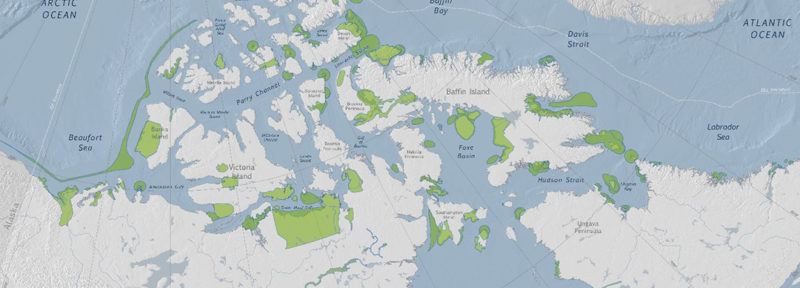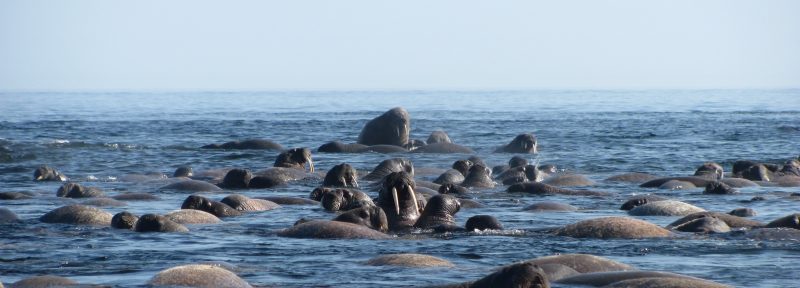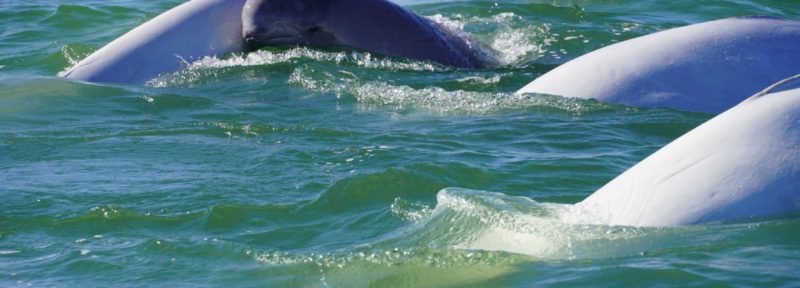Research Expedition Gathers Long-Needed Data on James Bay Ecosystem
The Research Vessel William Kennedy.
Credit: Arctic Research Foundation
Scientists know little about James Bay, the southernmost extension of the Arctic Ocean, known as Weeneebeg or Wiiniibek in local Cree dialects. What researchers do know is that this marine ecosystem is unusual — and that is why researchers aboard the Research Vessel (R/V) William Kennedy are currently collecting data in this region during the first major science expedition in decades.
The 17-day expedition this month will allow us to better understand these waters, which are home to the world’s southernmost population of polar bears, a year-round population of belugas, and, in the summer months, millions of migratory birds.
James Bay is unique in many ways. It is only about 50 metres deep in most areas. That might sound like a lot, but the average depth of the Arctic Ocean as a whole is over 1200 metres. The bay is also not very salty because it’s heavily influenced by the numerous large rivers that drain into it. Finally, it is under stress: over the last decades, hydroelectric development and now climate change have put new pressures on the ecosystem.
All this abundance depends on the unique balance of conditions in James Bay that allows life to thrive. However, most research about the bay was done prior to the development of hydroelectric projects in the 1970s.
While traditional knowledge about James Bay has been gathered by local Cree communities since time immemorial, they have asked scientists for years to help gather more data about its physical and biological oceanography. This information could help everyone better understand how conditions in the bay have changed, and to predict how this may not only affect traditional practices, but also potentially impact climate on a global scale.
The James Bay Expedition 2021 science team assembles an impressive crew of 14 members, supported by a vessel crew of six. The research team includes professors, researchers and students from the University of Manitoba, collaborators from Fisheries and Oceans Canada, as well as a staff member from Oceans North. Chief scientist CJ Mundy and co-principal investigator Zou Zou Kuzyk both from the University of Manitoba, have worked with Cree representatives from the eastern and western sides of the bay to help identify the communities’ research priorities.
The main objectives this summer are to collect data to fill the research needs that communities identified and to provide up-to-date scientific information for James Bay. The research will focus on the dynamics of sea ice, the carbon cycle, circulation patterns, the availability of nutrients, the productivity (the rate at which light and carbon dioxide is converted into living organisms) and the characteristics of the animals and plants of James Bay.
James Bay is home to a year-round population of belugas.
Credit: Oceans North
While understanding the ecosystem is worthwhile in and of itself, the data can also help assess how industrial development and climate change are influencing the bay. The cumulative impacts of these pressures could have serious impacts on the ecosystem and on the communities that rely on it for food, culture, and travel.
The ship is not visiting the communities this year due to COVID restrictions. During next summer’s expedition, we hope that youth, Elders and land users will be able to tour the vessel, take part in the sampling and learn more about the research.
In the meantime, though, you can follow the James Bay Expedition, which departed from Churchill on August 1st and returns on August 17th, on social media. Oceans North and our partners will be posting regular updates on Facebook, Twitter and Instagram, including interviews with the researchers and interesting facts about what they discover in James Bay. Together, we can help unravel some of the mysteries of James Bay and learn more about this fascinating ecosystem.
Maude Durand is an Arctic project specialist with Oceans North and is part of the James Bay Expedition.

